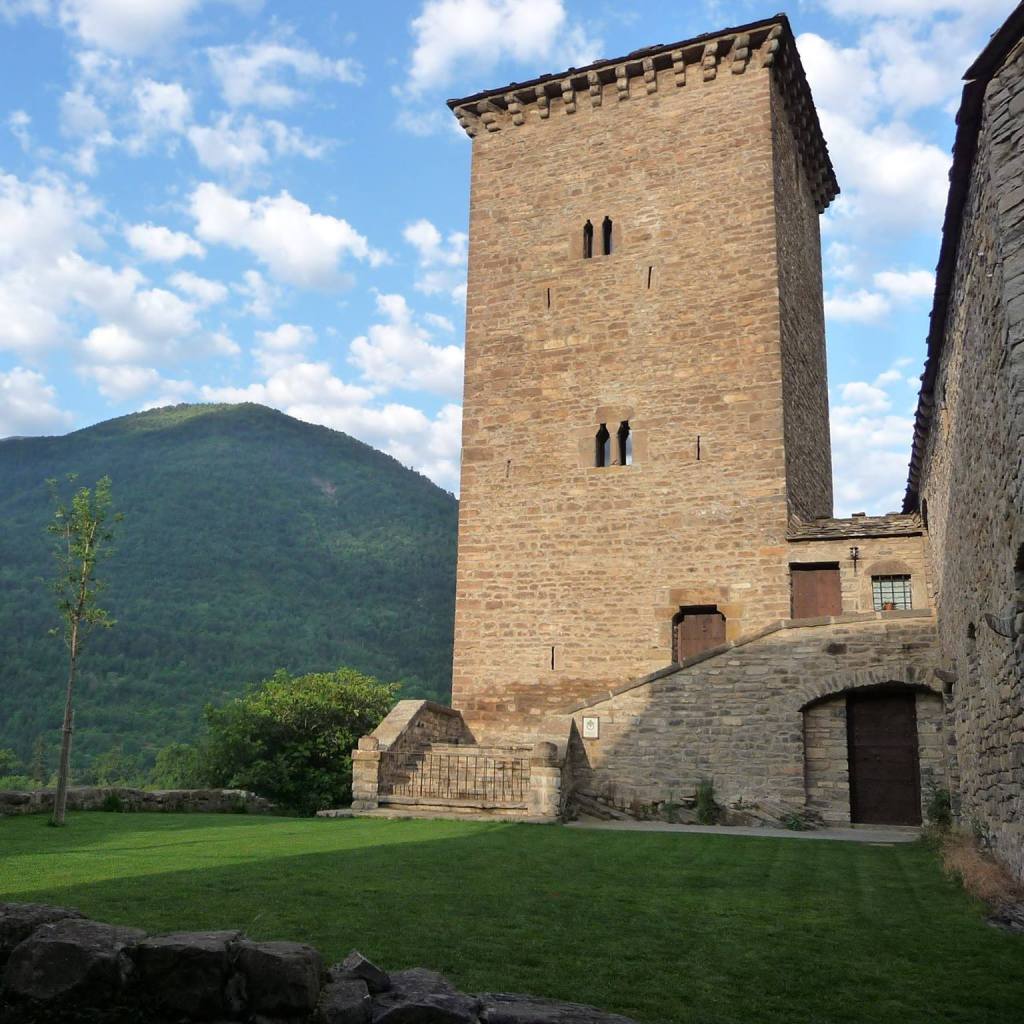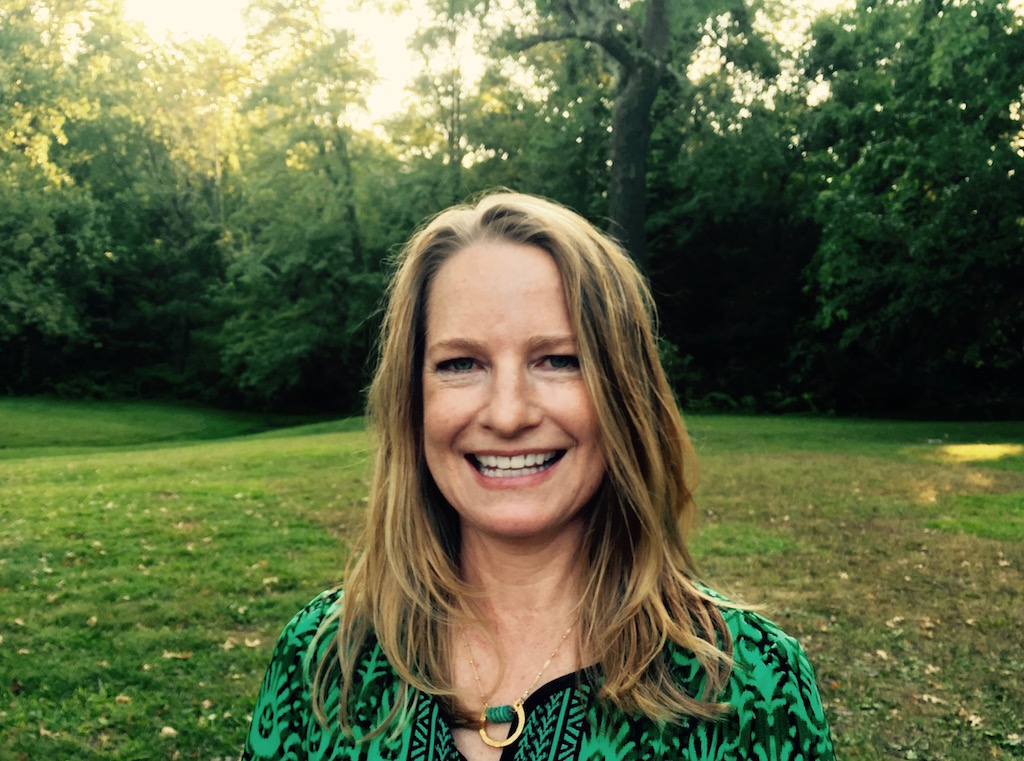
There’s nothing so exciting to a reader as discovering a new author, especially when that reader is also a writer. Most writers will express frustration at not being able to read the way they used to before the Muse tapped them on the shoulder, uncritically and forgiving. The problem is that we know what’s behind that screen, and it’s hard not to see the seams. But when we do find a book that flows and makes us forget that we’re also writers, that’s magic.
This is how I felt when I read Amy Maroney’s The Girl from Oto, the first book of the Miramonde series, a dual time line story about an art historian and a female Renaissance painter. Both the descriptions and characterizations are rich, and the author has deftly brought the people and the past to life. I honestly marvelled at the depth of her research and the authenticity of her descriptions, but only once I finished the book–before that, I was caught up in the story.
I had to find out how she researched this story.
Amy Maroney very kindly agreed to provide a guest article about what inspired her to write the Miramonde series and how travel fuels her creativity. Enjoy!
Inspired by Travel, by Amy Maroney
Travel has always been about more than sightseeing for me. I have been lucky enough to live in Europe several times, starting when I was in middle school. Being steeped in different cultures changed me. It wasn’t always easy to be a stranger in a strange land, but it was rewarding in ways I didn’t understand until years or even decades had passed.
The landscapes, languages, architecture, and mixture of cultures in Europe have always drawn me back. Not only am I fascinated with Europe’s history, but my travels there ignite boundless creativity in me.
I have a longtime love of drawing and painting, which is one of the reasons I enjoy visiting museums when I’m in Europe. When my husband and I “road-schooled” our two daughters all over Europe in 2011-2012, I wanted to share my love of art with the girls. So I dragged them to dozens of museums with me.
While I found these experiences thrilling, our daughters were underwhelmed. I put myself in their shoes and saw what they saw: countless portraits of long-dead people painted by long-dead men. I wished the paintings were more relevant to the girls. If only there had been female old masters, I often found myself thinking.

Magdalen College, Oxford [Public domain]
Halfway through the trip, I visited Oxford University. At Magdalen College, I stumbled across a sixteenth-century portrait of a woman attributed to a female artist. The painting was tucked away in a dark room where few people could see it. I was floored. So there were women painters in those days! I learned that because their work wasn’t valued, their paintings were often attributed to men or kept anonymous.
I couldn’t stop thinking about that portrait. How many more paintings like this existed, I wondered? Work by women, lost in the shadows? If more of their stories were known, perhaps girls visiting museums would have a reason to care about centuries-old paintings. Soon I became obsessed with the stories of these women—and I resolved to write a novel on the topic.
As I dove into research, I developed a fascination with the field of art conservation. Using x-rays and other technology, researchers can see under the layers of paint in a portrait, determine the age of a wooden panel, and more. I decided my book would have a dual timeline to show a modern-day scholar digging up clues about a female artist whose story has been buried for centuries.
Everywhere we went, I gathered material on female artists during the medieval, Renaissance, and Golden Age eras. I learned that many of them were nuns or spent time living in convents. I decided Mira, the protagonist of the Miramonde Series, would grow up in a convent.
When we went to Aragón, Spain, and stayed in a medieval tower in the tiny village of Oto, I found the location for Mira’s world. For several days we looked out the arrow slits of the tower at the snowy peaks of the Pyrenees. We hiked through nearby Ordesa National Park. We discovered abandoned villages and explored the crumbling ruins. The tower’s owners, José and Elena, told us their ancestors had been barons during the medieval era.

Photo courtesy of La Torre de Oto
My new obsession was the history of this magical place. I learned the Pyrenees were ruled in those days by wild creatures (bears, wolves, lynx) and tempestuous weather. Trade routes over the mountains, in use since Roman times, were buried in snow each winter. Bandits haunted the roads, often targeting pilgrims on the Camino de Santiago.
Despite the feudal system that controlled most of Europe, the mountain communities of the Pyrenees were governed by groups of “vecinos,” leaders who were independent of noble and royal oversight. I was thrilled to find copies of original peace agreements written by these people as far back as the 1300s. The agreements laid down rules about shared water, meadows, rights-of-way, and other resources. The leading families of these valleys were literate and kept records of their activities. Everything revolved around livestock—especially sheep—that summered in high mountain meadows and traveled to lower altitudes in winter.
Merino wool, it turned out, was the jewel of Spain’s economy for hundreds of years. It displaced English wool for Europeans in the 1500s, partially because the Hundred Years War between England and France strangled the wool trade in northern Europe. The Aragònese took advantage of this by hauling wool over the Pyrenees on the backs of mules and selling it in market towns along pilgrimage routes. Power players all over the Pyrenees—royals, nobles, religious leaders, merchants—jockeyed for control of this lucrative industry.
I realized that while art and women artists formed the foundation of my story, the wool trade could add depth and drama to the tale and anchor it in a fascinating historical backdrop. As the story grew in complexity, it evolved from my original vision of one book into something far longer. It turned into the Miramonde Series, a trilogy about a Renaissance-era female artist and the modern day scholar on her trail.
What’s next? I wish I could say I have a list of amazing book ideas, but I felt my creative well depleting as I finished the Miramonde Series. For some writers, the book ideas just pile up, waiting to be written. Not me. The muse had vanished. I wondered if I would ever write a novel again. Then, on a research trip this past summer in Spain and France, the ideas started flowing and wouldn’t stop.
Without a doubt, travel is my catalyst for inspiration. From now on, I’ll be planning research trips whenever it’s time for a new series instead of worrying about when the brilliant ideas are going to drop out of the sky. I can’t wait to see what the muse has in store for me next.

Amy Maroney lives in the Pacific Northwest with her family. She spent many years as a writer and editor of nonfiction before turning her hand to historical fiction. She’s currently obsessed with pursuing forgotten women artists through the shadows of history. When she’s not diving down research rabbit holes, she enjoys hiking, drawing, dancing, traveling, and reading. She’s the author of The Girl from Oto, Mira’s Way, and A Place in the World. To receive The Promise, a free prequel novella to the series, join her readers’ group at www.amymaroney.com. Follow her on BookBub at https://www.bookbub.com/profile/amy-maroney, or find her on Twitter @wilaroney, Instagram @amymaroneywrites, and Facebook.

The Miramonde series is available through all online retailers. Click HERE to start reading.
Great article. Having read all but one of the books, I was fascinated to see the real tower at Oto and to read about Amy’s writing processes.
LikeLiked by 1 person
I really loved the world she revealed in the novel. I felt like I stepped back in time.
LikeLike
[…] the authors of Betrayal include myself, Judith Arnopp, Anna Belfrage, Derek Birks, Helen Hollick, Amy Maroney, Alison Morton, Charlene Newcomb, Tony Riches, Mercedes Rochelle, Elizabeth St. John, and Annie […]
LikeLike